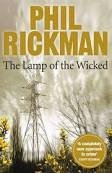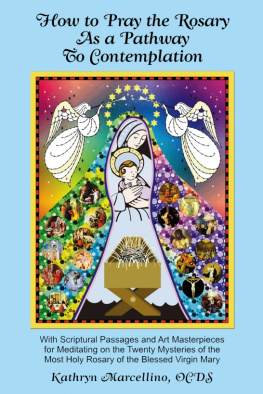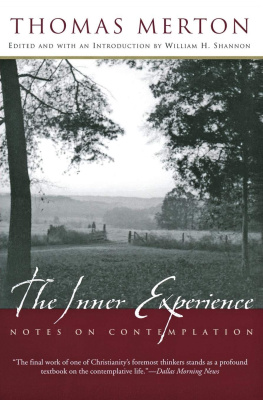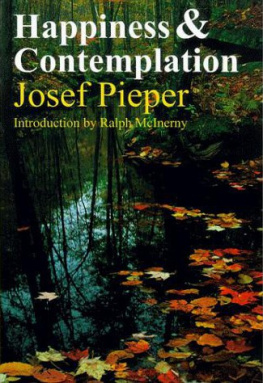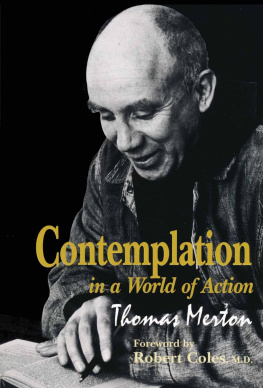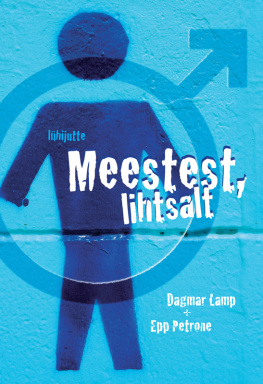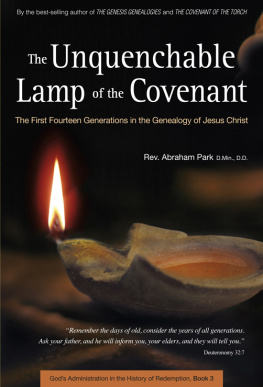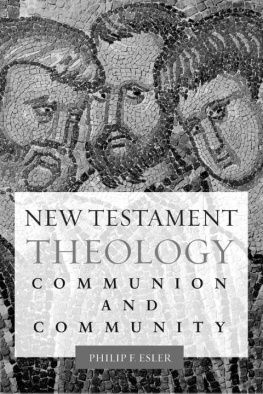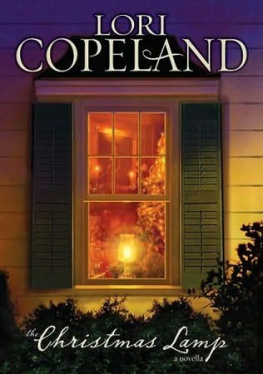Esler - The Lamp for the Eye of Contemplation
Here you can read online Esler - The Lamp for the Eye of Contemplation full text of the book (entire story) in english for free. Download pdf and epub, get meaning, cover and reviews about this ebook. year: 2022, publisher: Oxford University Press, genre: Religion. Description of the work, (preface) as well as reviews are available. Best literature library LitArk.com created for fans of good reading and offers a wide selection of genres:
Romance novel
Science fiction
Adventure
Detective
Science
History
Home and family
Prose
Art
Politics
Computer
Non-fiction
Religion
Business
Children
Humor
Choose a favorite category and find really read worthwhile books. Enjoy immersion in the world of imagination, feel the emotions of the characters or learn something new for yourself, make an fascinating discovery.
The Lamp for the Eye of Contemplation: summary, description and annotation
We offer to read an annotation, description, summary or preface (depends on what the author of the book "The Lamp for the Eye of Contemplation" wrote himself). If you haven't found the necessary information about the book — write in the comments, we will try to find it.
Esler: author's other books
Who wrote The Lamp for the Eye of Contemplation? Find out the surname, the name of the author of the book and a list of all author's works by series.
The Lamp for the Eye of Contemplation — read online for free the complete book (whole text) full work
Below is the text of the book, divided by pages. System saving the place of the last page read, allows you to conveniently read the book "The Lamp for the Eye of Contemplation" online for free, without having to search again every time where you left off. Put a bookmark, and you can go to the page where you finished reading at any time.
Font size:
Interval:
Bookmark:
DYLAN ESLER


Oxford University Press is a department of the University of Oxford. It furthers the Universitys objective of excellence in research, scholarship, and education by publishing worldwide. Oxford is a registered trade mark of Oxford University Press in the UK and certain other countries.
Published in the United States of America by Oxford University Press
198 Madison Avenue, New York, NY 10016, United States of America.
Oxford University Press 2022
All rights reserved. No part of this publication may be reproduced, stored in a retrieval system, or transmitted, in any form or by any means, without the prior permission in writing of Oxford University Press, or as expressly permitted by law, by license, or under terms agreed with the appropriate reproduction rights organization. Inquiries concerning reproduction outside the scope of the above should be sent to the Rights Department, Oxford University Press, at the address above.
You must not circulate this work in any other form and you must impose this same condition on any acquirer.
Library of Congress Control Number: 2022944580
ISBN 9780197609903
eISBN 9780197609927
DOI: 10.1093/oso/9780197609903.001.0001
To
Khor-gdong gter-sprul
Chhimed Rigdzin Lama (19222002)
Who lit the Lamp
and
Lopon P. Ogyan Tanzin,
Holder of the bone lineage of Padma gling-pa,
Who kept it burning.
Hence, a work of this kind is itself the outcome of various causes and conditions and would be impossible without the kind help of many.
In the 1970s, Chhimed Rigdzin Rinpoche (19222002; otherwise known as Prof. C.R. Lama of Visva-Bharati University, Santiniketan) published the first modern edition of the bSam-gtan mig-sgron from a copy he discovered in Calcutta. Without his foresight in publishing this text, the bSam-gtan mig-sgron would most likely have remained unknown to the scholarly world. Moreover, his deathless vision and blessings have been the inspiration behind my work.
Two years after Chhimed Rigdzin Rinpoches passing, it was Lopon P. Ogyan Tanzin Rinpoche (former Lecturer and Head of Department, Central Institute of Higher Tibetan Studies, Sarnath; Director, Ogyan Chokhor Ling) who encouraged me to prepare a translation of this important text of early rNying-ma doctrine and practice. During his 20042005 visit to the United Kingdom, he took the time to grant me the full scriptural authorization (lung) of the text. Moreover, there are many ways in which his profound knowledge of and devotion to the rNying-ma tradition have nourished this study. Throughout the many years it has taken me to complete this project, his invaluable clarifications, instructions, and encouragement have been the sustaining force in my work on this fascinating but difficult text. I will never forget his incredible kindness and generosity as we worked on this and other texts at his home in Sarnath.
The translation was first presented as part of my PhD thesis, which was defended at the Universit catholique de Louvain in June 2018. At the Institut Orientaliste de Louvain, it is a pleasure to thank my supervisor Prof. Christophe Vielle, who very graciously agreed to supervise my research and gave me the freedom to pursue my goals in a most congenial academic environment. It was through his support that I was able to receive the scholarships that partly funded this research. He provided me with generous feedback and advice during the various phases of my work and helped me locate some important bibliographical references.
It was a great boon to have Dr. Jean-Luc Achard (Centre National de la Recherche Scientifique, Paris) as the co-supervisor of my PhD. His answers to my questions on various points of the translation as well as his pertinent remarks have greatly benefited my work. It has been an honor to conduct this research under the expert direction of this scholar whose profound insights into and encyclopedic knowledge of rDzogs-chen in both the rNying-ma and Bon traditions are breathtaking.
I also would like to thank the other members of my thesis committee at the Universit catholique de Louvain: Prof. Philippe Cornu, Prof. Lambert Isebaert, and Prof. Jacques Scheuer. The discussions I had with Philippe Cornu in particular on our common areas of interest, as well as the seminars he gave in Louvain, proved to be most illuminating for the direction of my research. I am also very grateful to Dr. Cathy Cantwell (University of Oxford), who not only provided advice at various points in my work on Tibetan texts but also took the time to be the external member of my jury.
It is a pleasure to record my debt of gratitude to Dr. Tadeusz Skorupski: as my MA supervisor at the School of Oriental and African Studies (SOAS) in London at the time, he helped me during the initial stages of the translation of the first chapter. For his students he is an example of excellence in scholarship, and I fondly remember his classes in reading Mahyna and Vajrayna texts, punctuated by his inimitable sense of humor. I would be remiss not to thank my other teachers at SOAS, who initiated me into the joys of things Tibetan: Prof. Ulrich Pagel, Dr. Philip Denwood, and Dr. Sean Gaffney.
Within the rNying-ma tradition of Tibetan Buddhism, apart from my two root masters mentioned above, I would like to thank the following lineage holders, whose transmission has opened for me the doors of the great collections of texts consulted in the course of this study: the late Taklung Tsetrul Rinpoche and Namkhai Nyingpo Rinpoche, from whom I received the Rin-chen gter-mdzod in 20082009 in Dehradun, India; the late Yangthang Rinpoche, from whom I received the rNying-ma bka-ma in Bodhgay, India, in 2010 and 2012; and Togden Rinpoche, from whom I received the rNying-ma rgyud-bum in Bodhgay in 2010.
I also would like to offer my thanks to the late Chgyal Namkhai Norbu for encouraging me repeatedly during this difficult project and for providing many keys to the understanding of the rDzogs-chen teachings, to my friend Lama Jigme Namgyal (formerly Serthar Larung Gar; Founder, Centre Culturel Tibtain, Luxembourg) for helping me look at some cryptic passages of the text with fresh eyes, to Changling Tulku Rinpoche (Shechen Monastery, Kathmandu) for agreeing to discuss with me in 2010 the supposed whereabouts of a bSam-gtan mig-sgron manuscript purportedly found in the late Dilgo Khyentse Rinpoches personal collection, and to Gochen Tulku Sang-ngag Rinpoche for kindly presenting me a copy of his recently published gNam-lcags chos-byung.
It is a pleasure to acknowledge the help of the following: Terry Stone, who was the first to suggest I should do a translation of the bSam-gtan mig-sgron and very generously lent me his copy of the textover the years, his friendship and belief in the project have been a great stimulation; Prof. Robert Mayer (University of Oxford), who at various times provided advice, support, and suggestions that have helped improve my workin particular, he helped me to identify several quotations from the Thabs-kyi zhags-pa padma phreng-ba (a critical edition of which he and Cathy Cantwell have prepared) found in the
Font size:
Interval:
Bookmark:
Similar books «The Lamp for the Eye of Contemplation»
Look at similar books to The Lamp for the Eye of Contemplation. We have selected literature similar in name and meaning in the hope of providing readers with more options to find new, interesting, not yet read works.
Discussion, reviews of the book The Lamp for the Eye of Contemplation and just readers' own opinions. Leave your comments, write what you think about the work, its meaning or the main characters. Specify what exactly you liked and what you didn't like, and why you think so.


